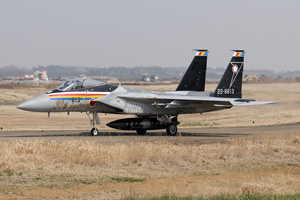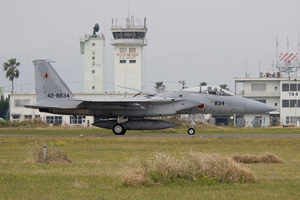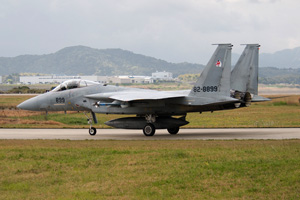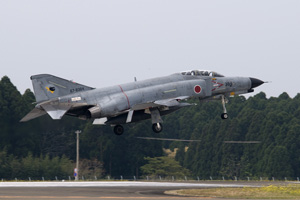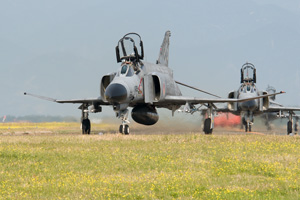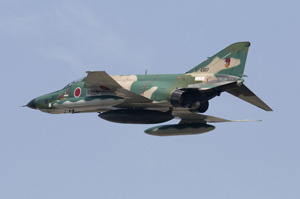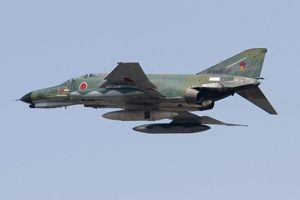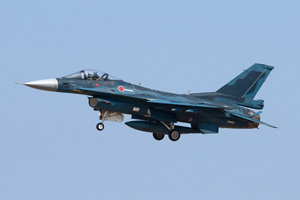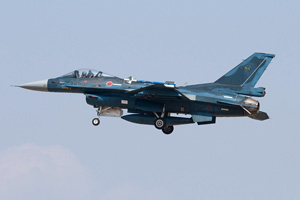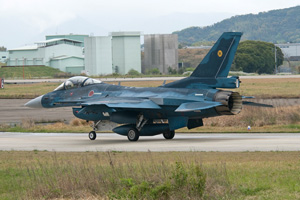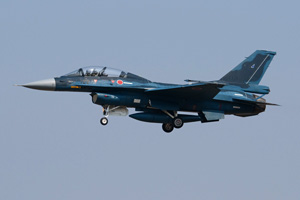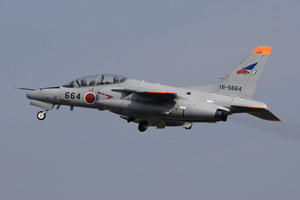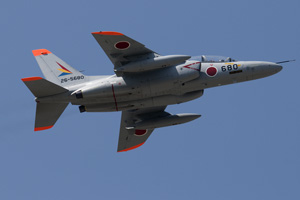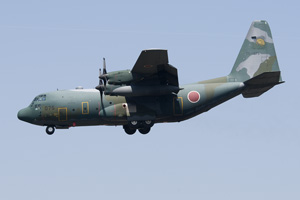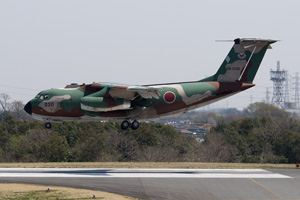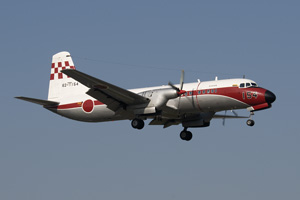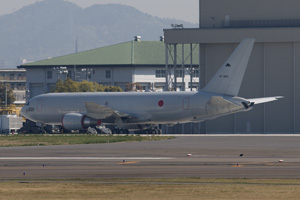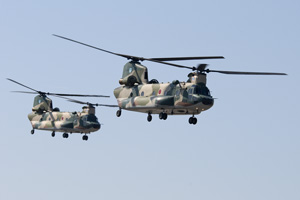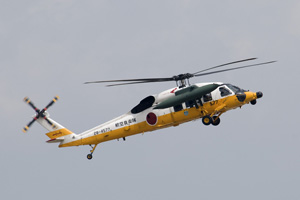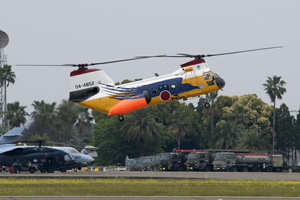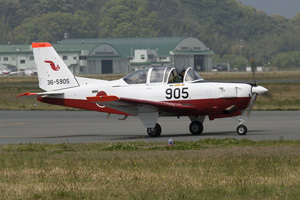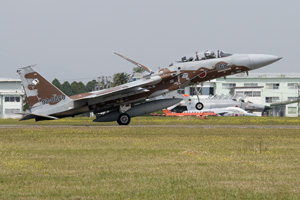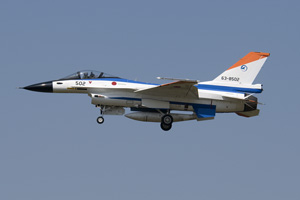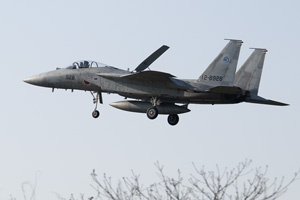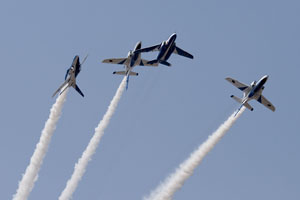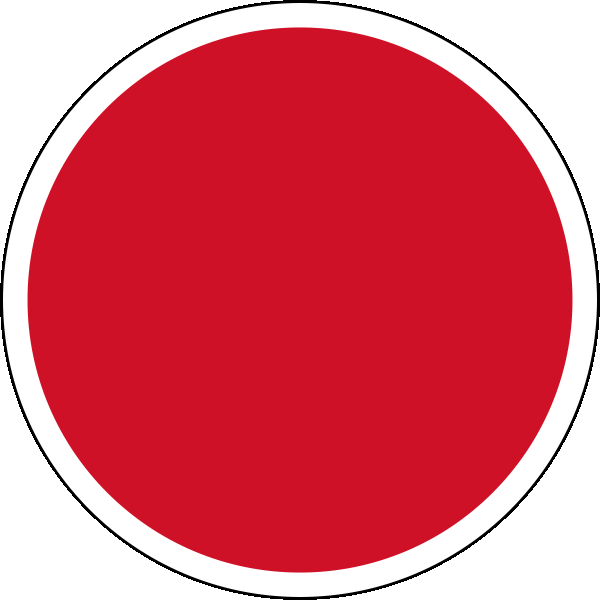
Japan Air Self Defense Force
Nihon Koku Jietai
After the country's defeat in World War II, the Japan Air Self Defense Force (JASDF) or Nihon Koku Jietai was reestablished in 1954. As the title implies, the tasks of the newly formed Air Force were purely defensive in nature. Offensive missions were out of the question. During the 1950's several hundreds of F-86F Sabres were introduced, the 1960's saw these replaced with F-104J Starfighters. During the 1970's, the Starfighters were joined by F-4EJ Phantoms and home grown Mitsubishi F-1's. Today's JASDF operates a large air defense force equipped with US built F-15J Eagles supported by a dwindling number of F-4EJ Phantoms. A mere three squadrons of indigenous Mitsubishi F-2's provide a measure of maritime attack capability. A modest transport force is also in place, operating US supplied C-130H Hercules alongside home developed Kawasaki C-1's.
Training aircraft are mostly of Japanese origin, having been designed and built by Fuji and Kawasaki.
